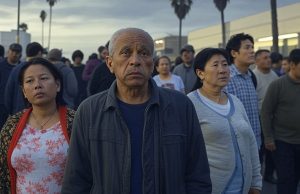Last week, New York Mayor Adams demonstrated a simple truth: deploying more police in the subway reduces crime, or at least some aspects of it.
On Wednesday, the 17th, Mayor Adams announced that overall subway crime this year has decreased by 8% compared to last year, which is 11% lower than in 2019, before the pandemic. Adams noted a “double-digit decrease for five consecutive months” and added that robbery incidents this year are at their “lowest level in history.” However, this came after the city added over 1,000 police officers to the system in February and an additional 800 to crack down on fare evaders.
Ultimately, this merely confirms the common-sense notion that increasing police presence leads to crime reduction—it’s not particularly groundbreaking. There are plans to install additional surveillance cameras and gun detection equipment.
I’m reminded of an interview with an LA Metro board member who claimed they didn’t want to compare LA’s subway to New York’s, asserting that LA Metro would become the “gold standard” of American subways.
Even before the pandemic, big-city subway systems symbolized crime, drugs, and filth in American transportation. After the pandemic, with weakened police forces and progressive prosecutors taking control of major cities, subways truly became hellish.
The current reality of big-city subway management is to buy time by noisily deploying police, equipment, or personnel when problems escalate.
As urban centers become lawless, it’s natural for subway crime to surge.
LA Metro’s future will likely mirror that of the New York subway. They will continue to react passively, implementing measures to cover up problems as they arise.
Public transit operations should prioritize strict rules and security, without political interference. Progressive politicians confuse citizens with various terms and operate public transportation inefficiently, a trend likely to continue.
For LA Metro to avoid becoming like the New York subway, they need to change their fundamental approach. They should create a subway that prioritizes passengers, not a subway for everyone.


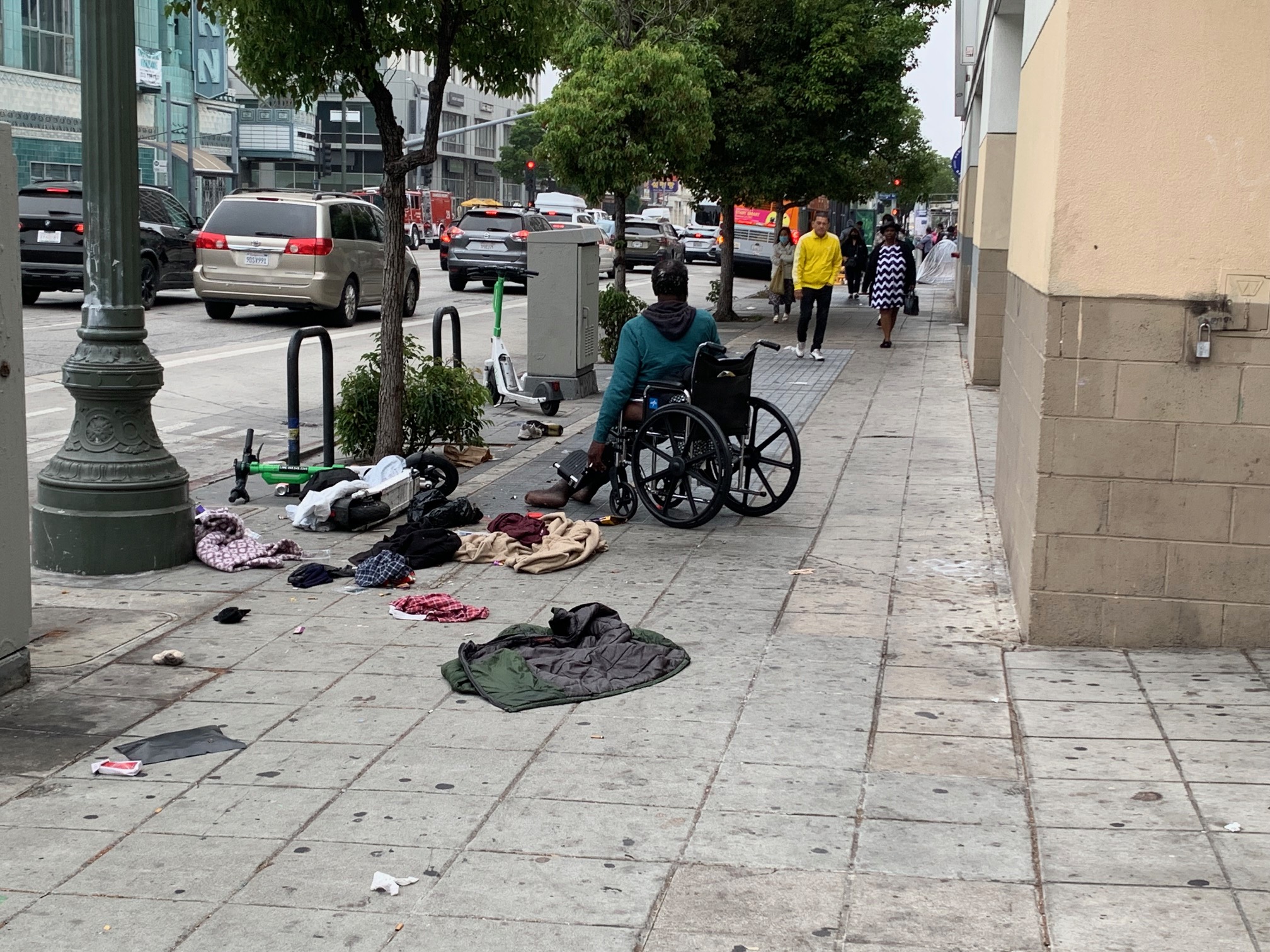




















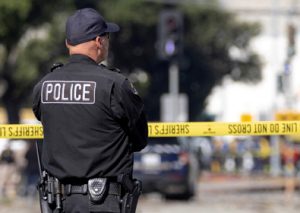


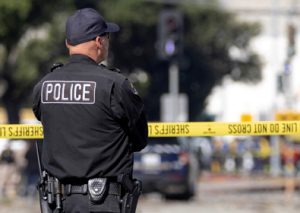
























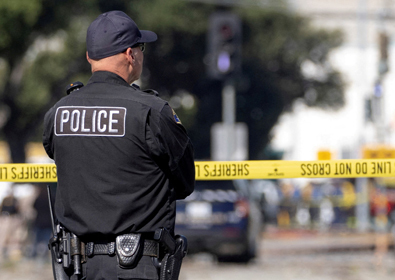
 FBI, 리처드 김씨 기소
FBI, 리처드 김씨 기소 




















